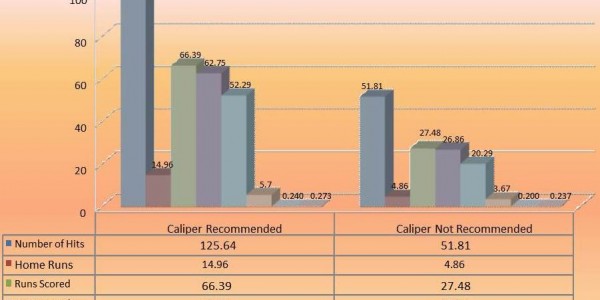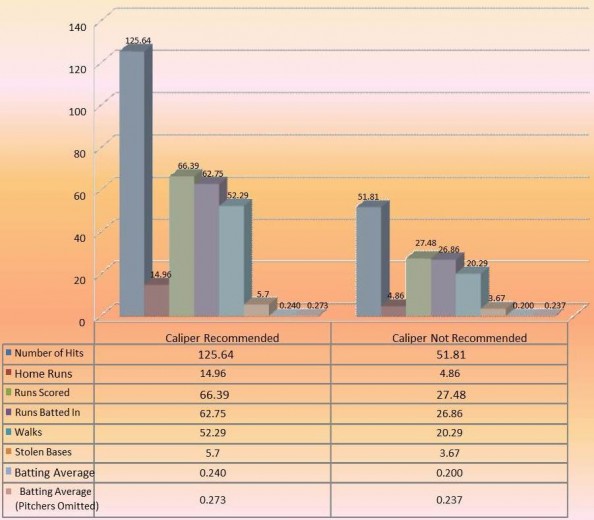If there’s one sport you can dive into its statistics and never come out, it’s has to be Baseball. But how do you separate the important from the redundant? What really helps you measure the value of a hitter and the ability of a pitcher to deny team runs? It’s science, but it isn’t perfect. Still, things like wOBA and BABIP do better job than other more popular measurements in addressing the ability of a player.
wOBA (Weighted on-base average)
Good, but not perfect. It tells you how productive the hitter was when he played, but doesn’t address how much he played and thus is missing one component required to tell you exactly how much value he contributed. wOBA takes the seven ways a batter can reach base safely for which he should receive some credit — singles, doubles, triples, homers, unintentional walks, times hit by pitch and times reaching on error — weights each of them relative to their run-producing value and divides it by plate appearances. The weights produce a ratio that usually sits in the .300-.450 range
OBP and Slugging
There’s nothing wrong with basic indicators, even if they are incomplete. OBP tells us how often the hitter reached base; the converse of this, 1 minus OBP, tells us how often he made an out. Slugging percentage, and its sibling isolated power (SLG minus AVG), give a quick and familiar measure of power production. Slugging is flawed because it weights each base achieved equally; the hardest base to reach is first, and the difference between a double and a triple is usually in the hitter’s speed rather than its ability to advance runners already on base.
Strikeout and walk percentage
The stats that measure something what a pitcher controls – striking a guy out and walking him, although to get a better measure of the walk, you need to take away the intentional walks counted up against the pitcher, because that is a manager’s decision, not his. Also, it’s more instructive to use strikeout and walk percentage — as opposed to strikeouts and walks per nine innings — because some pitchers face more batters per inning than other pitchers, which means they get more chances to strike out or walk them.
Ground ball percentage
A pitcher’s ability to keep the ball on the ground indicates two things — that he might not be homer-prone and that he might be able to generate double plays. Ground ball data is more reliable than others, and can help answer the question of whether that sinker actually sinks in meaningful terms.
BABIP – Batting average on balls in play
The rate at which a pitcher allowed a hit on balls put into play, deleting strikeouts, walks and typically home runs, and just looking at balls that entered the field of play and whether they became hits or not. One of the most interesting areas of research right now is into how much of the year-to-year variation in pitchers’ BABIPs is noise, and whether there’s any signal in there at all that might help teams make better decisions on pitcher transactions or usage.
Via: Keith Law Blog

